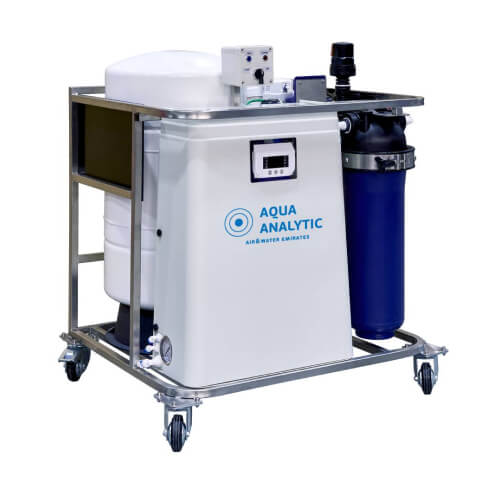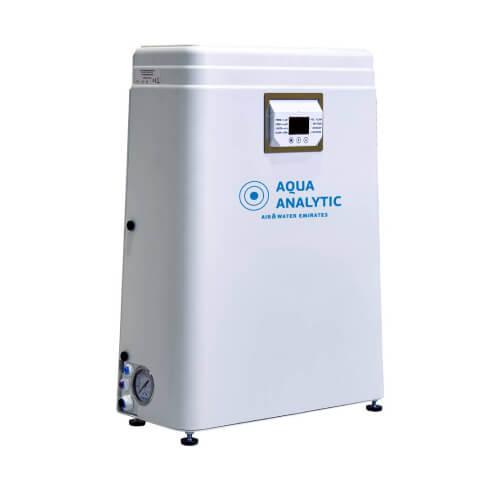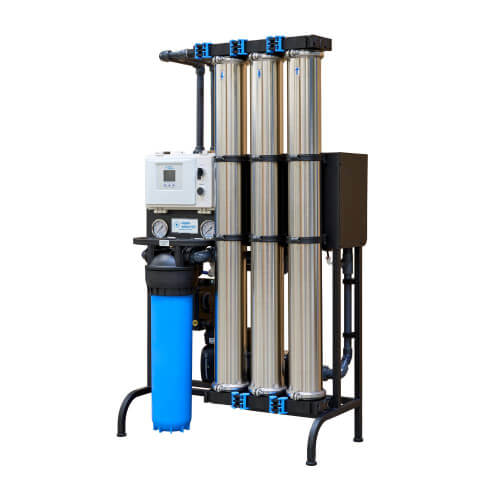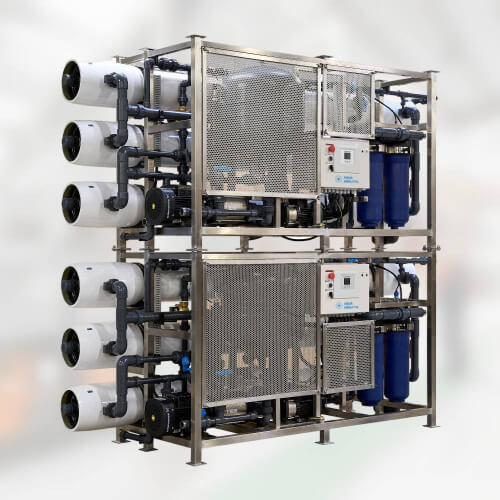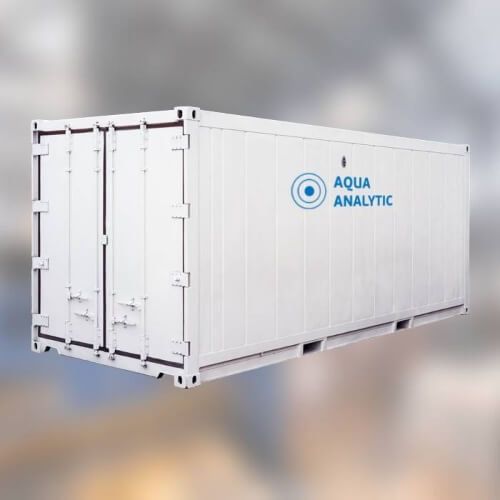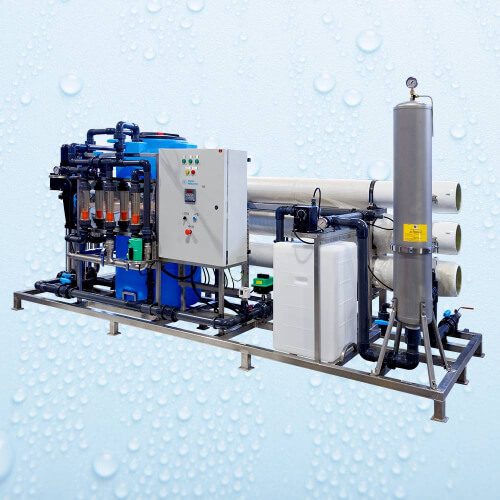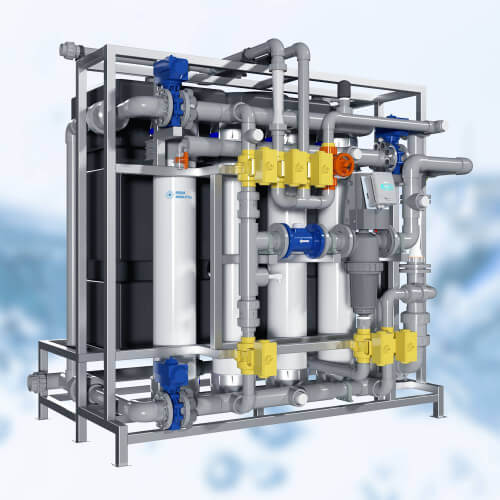Using reverse osmosis (RO) for desalination

Finding the “sweet spot” in using reverse osmosis (RO) for desalination involves optimizing various factors to achieve the most efficient and cost-effective operation. Here’s how you can approach it.
Using reverse osmosis (RO) for desalination
Finding the “sweet spot” in using reverse osmosis (RO) for desalination involves optimizing various factors to achieve the most efficient and cost-effective operation. Here’s how you can approach it:
- Optimal Recovery Rate:
- Adjust the recovery rate, which is the percentage of freshwater produced compared to the total amount of water processed. Higher recovery rates conserve more water but can lead to higher concentrations of salts in the reject stream, impacting membrane performance. Finding the balance between water conservation and membrane efficiency is crucial.
- Pre-Treatment and Fouling Control:
- Implement effective pre-treatment processes like filtration and chemical treatment to prevent fouling and scaling on RO membranes. Fouling reduces efficiency and increases maintenance costs. Monitoring and adjusting pre-treatment methods are crucial for sustained RO performance.
- Membrane Selection and Maintenance:
- Choose appropriate membrane materials and configurations based on the water source, salinity, and operational requirements. Regular membrane cleaning and maintenance schedules are essential to prolong membrane lifespan and maintain efficiency.
- Energy Efficiency:
- Optimize energy consumption by considering factors like operating pressure, recovery rates, and the use of energy recovery devices (such as pressure exchangers). Minimizing energy usage while maximizing freshwater production contributes to cost-effectiveness.
- Monitoring and Control Systems:
- Implement advanced monitoring and control systems to continuously assess key parameters like flow rates, pressures, salinity levels, and membrane conditions. Automation and real-time monitoring help in fine-tuning the process for optimal performance.
- Economic Considerations:
- Evaluate the overall cost-effectiveness, considering initial investment, operational costs (energy, maintenance, chemicals), and the value of the produced water. Conducting a comprehensive cost-benefit analysis helps in identifying the most efficient operating parameters.
- Flexibility and Adaptability:
- Maintain a degree of flexibility in operations to adapt to varying feedwater quality and conditions. Having contingency plans or adaptive strategies allows for efficient operation under changing circumstances.
Finding the “sweet spot” involves a delicate balance between maximizing freshwater production, minimizing operational costs, ensuring system longevity, and meeting water quality standards. Continuous monitoring, optimization, and a thorough understanding of the specific characteristics of the feedwater source are essential for achieving this balance in RO-based desalination systems.

